Nick & Bart - 82 Years Later
August 23 marked the 82nd anniversary of Nicola Sacco and Bartolomeo Vanzetti’s death.
On August 23, 1927 Sacco and Vanzetti were executed for the crimes of robbery and double murder in Massachusetts. They were put to death by electrocution, seven years after numerous investigations, sensational trials, and countless witnesses. The term “electrocution” appears throughout the book entitled Sotto un cielo Stellato – Vita e Morte di Nicola Sacco e Bartolomeo Vanzetti - Claudiana Editrice (Under a Starry Sky: Life and Death of Nicola Sacco e Bartolomeo Vanzetti). This dramatic event, besides claiming the attention of the two countries involved, Italy and the U.S., also captured the public’s interest worldwide. The book, written by Italian scholar Professor Lorenzo Tibaldo, is currently being presented throughout Italy.
According to this remarkable scientific work, the Italian anarchists’ story has been
reconstructed through new sources such the exchange of letters with their families along with other research material culled from the Fondo Bartolomeo Vanzetti, the Italian Historical Institute of the Resistance, and national newspaper articles published at the time. In fact, Il Corriere della Sera and La Gazzetta del Popolo, despite the political situation that harshly targeted anyone who went against the fascist regime, added to the foreign media’s outcry by protesting the judicial mistakes made in their case. Letters to their families in Italy present clear testimonies and follow the author’s historical reconstruction, especially through Vanzetti who had a more intellectual inclination. The author traces their lives, beginning with their difficult beginnings in Italy, their growing political awareness, as well as their experiences in America where they played an active role in radical politics until their tragic end.
Vanzetti’s first experience as an immigrant in America began in 1908 soon after his mother’s death which affected him deeply. Among the letters Vanzetti sent to his family, those containing the reasons that pushed him to migrate to America illustrate his state of mind and opinion of the country from the beginning: “You ask me whether I like America that much … Because of my personal attitudes, my way of thinking, the love of freedom I feel, as well as my physical strength that allows me not to fear hard work, all of these things make this country very appealing to me.” The reasons increased during the years when he worked in Turin, a city that hosted a number of labor movements led by artisans’ unions at the turn of the century. It was in Turin that Vanzetti became interested in the labor struggle while coming into contact with differing and varied points of view. At that time the initial stirrings of anarchism develop within him, such as disapproval of the existing political structure and defense of the weakest people.
Nicola Sacco’s political awareness was largely influenced by his experience and hard work in the Apulian countryside alongside other agricultural workers where the concept of humane working conditions had not yet taken hold. In America, Sacco and Vanzetti first met in 1916 when Sacco was arrested and his political consciousness was first awakened. Compared with the majority of other Italian immigrants arriving in the U.S. from 1906 to 1910, neither struggled financially although they both longed for social justice and freedom as other Italian immigrants did.
These were the years in which the labor struggle offered great incentives to working class people. In those years, in fact, several unions and labor associations started to organize and claim a broader base, such as the American Federation of Labor or the Industrial and the International Workers of the World (IWW). Vanzetti also wrote articles in which he discussed the positive role of labor unions especially for the newspaper Cronaca Sovversiva (Subversive Chronicle).The common thread uniting them was the contempt for the exploitation of human beings for profit as well as the dignity of work. During the same period, Nicola Sacco became active in political life as he collected money for labor strikers to be used to defend union workers’ after their arrest. He was arrested the first time in 1916 while protesting on behalf of Minnesota’s workers but was held for only three months.
The book, accompanied by photographs of Sacco and Vanzetti, presents historical facts by focusing on their previous political experiences and framing the events within the historical context which includes the Red Scare as well as the U.S.’s entrance into World War I. The plot plainly examines how prejudice and stereotypes influenced the final trial by judge which resulted in their death sentence. The author deftly balances Sacco and Vanzetti’s stories by providing a vivid picture of their different backgrounds and points of view. Professor Tibaldo’s timely reevaluation stands distinctly apart from the 1977 proclamation by Massachusetts Governor Michael Dukakis which officially recognized the failings of the American justice system in the case.
The book’s research posits the importance of historical memory supported by social awareness as well as the evident admonition to prevent the mistakes of the past from occurring again.
While the final scene of the book describes their funeral in Italy, the author goes on to summarize how the case has been depicted in different genres especially film, thus concluding the narrative circle.
The poetic title Under a Starry Sky refers to a sad reflection expressed by Vanzetti as he was escorted from his jail cell to the electric chair on August 23, 1927: “While there, I could look on the stars in the night sky. It had been so long since I had seen something like this and I knew it would be my last glance at the stars.” Thanks to Professor Tibaldo’s exhaustive scientific research and conclusive text, it is now possible say that the clouds surrounding the images of Sacco and Vanzetti have finally been cleared.
Tibaldo Lorenzo (Pinerolo, 1952)
Professor of Humanistic subjects and Scholar of the Resistance Period.






























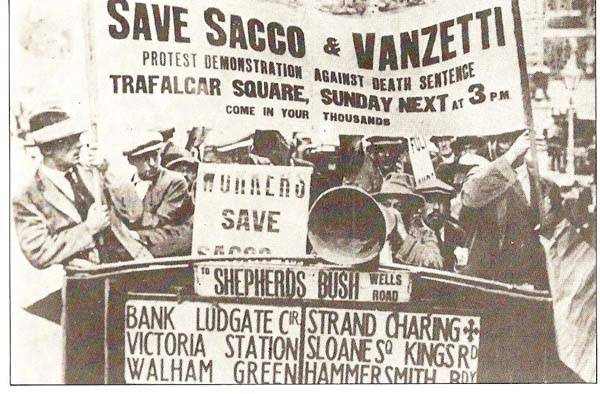
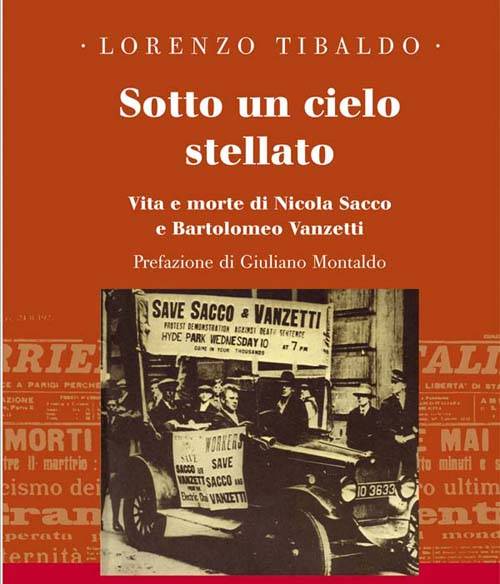
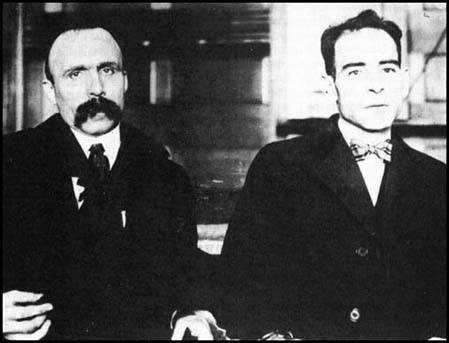
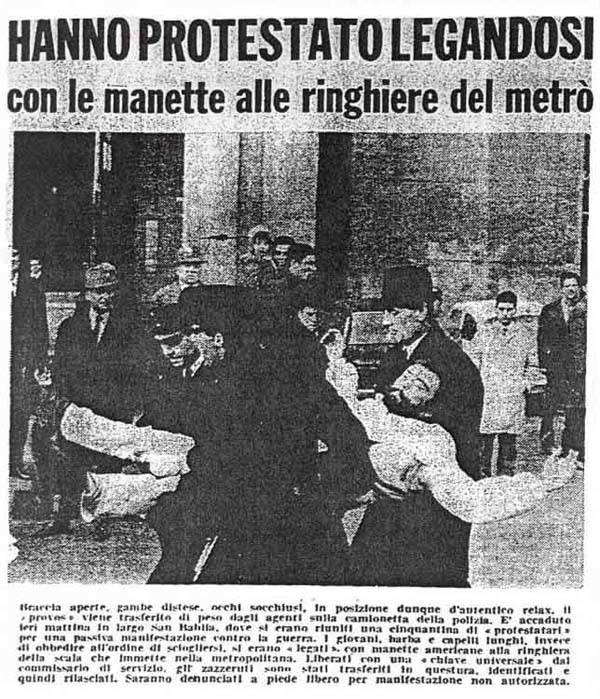
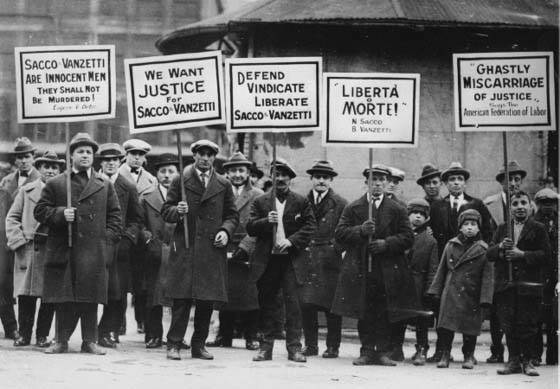






i-Italy
Facebook
Google+
This work may not be reproduced, in whole or in part, without prior written permission.
Questo lavoro non può essere riprodotto, in tutto o in parte, senza permesso scritto.